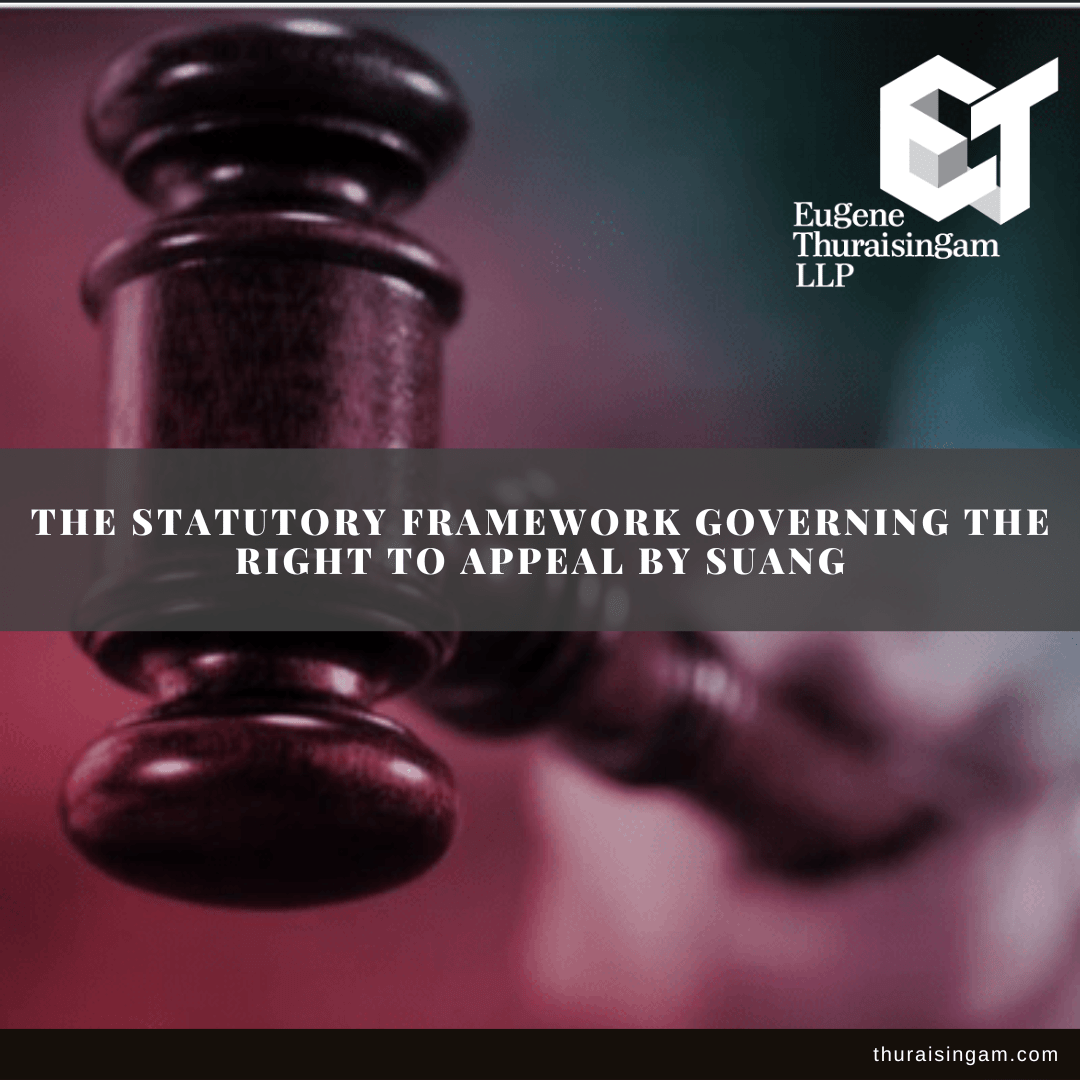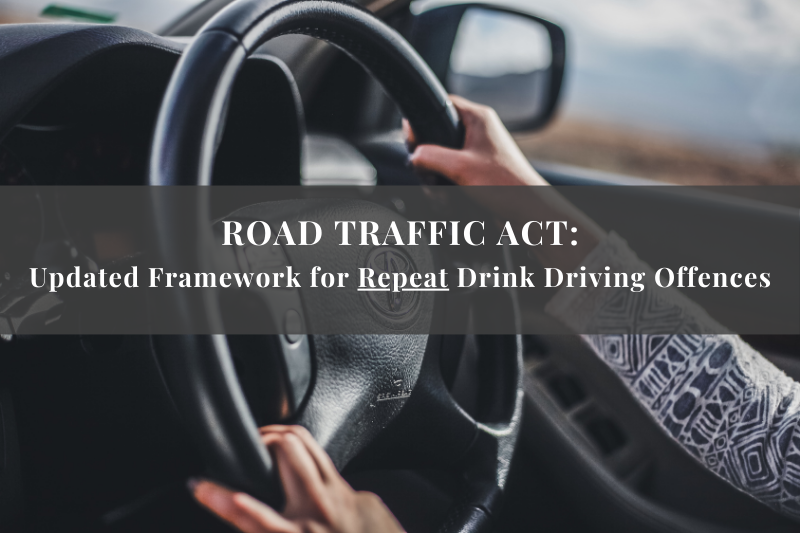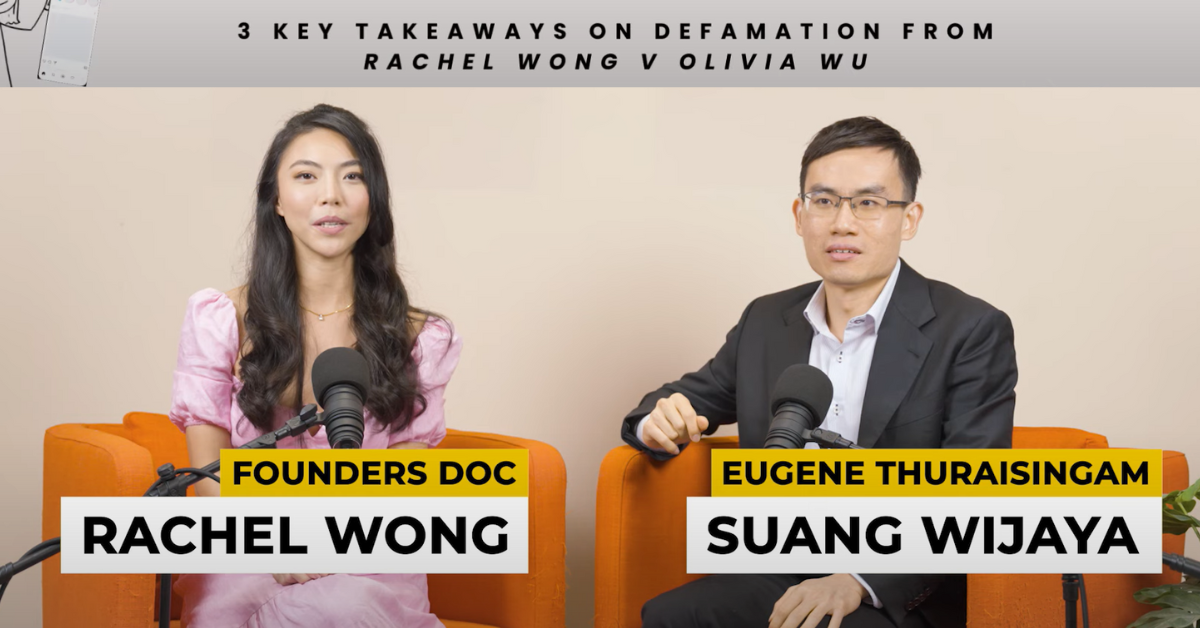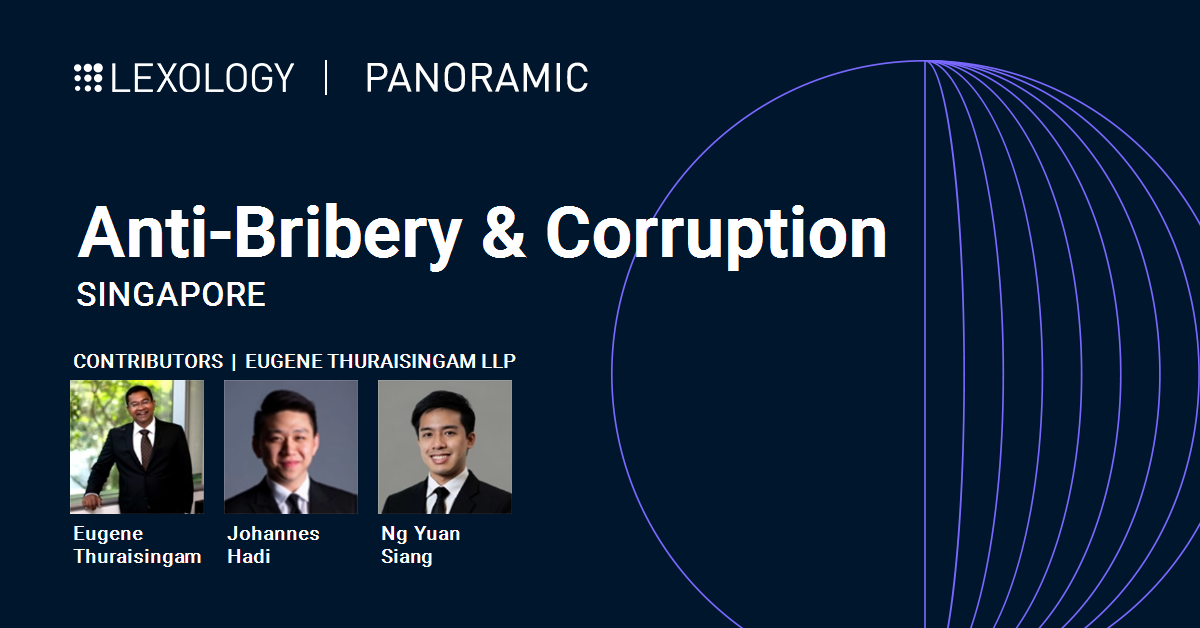The Statutory Framework Governing the Right to Appeal by Suang
The Statutory Framework Governing the Right to Appeal to the Court of Appeal: Some Thoughts by Suang Wijaya*
Considerable uncertainty has arisen over the issue of whether any particular order would be an “interlocutory order” for purposes of paragraph 5(h) of the Fifth Schedule of the Supreme Court of Judicature Act (as amended by the Supreme Court of Judicature Act (Amendment No 2) Act 2018). This article identifies the challenges that litigants and practitioners may face when navigating these uncertainties, and makes a proposal for reform.
Introduction
In 2010, Parliament amended sections 34(1) and (2) of the Supreme Court of Judicature Act1 (SCJA) and enacted the Fourth and Fifth Schedules of the SCJA (the 2010 Amendments). Section 34(1) read with the Fourth Schedule of the SCJA provides that if an order made by a High Court Judge falls within one of the types of orders set out in the Fourth Schedule, there shall be no right of appeal to the Court of Appeal in respect of that order. Section 34(2) read with the Fifth Schedule of the SCJA, in turn, provides that if the order made by the High Court Judge is an order listed in the Fifth Schedule, a dissatisfied party may appeal that order only with leave of the High Court Judge or the Court of Appeal.
The 2010 Amendments were meant to “clarify and streamline the circumstances in which an appeal could be brought to the Court of Appeal” (Dorsey James Michael v World Sport Group Pte Ltd2 (Dorsey James) at [77]). However, litigation concerning the Fourth and Fifth Schedules continue to arise before the courts. In 2013, the Court of Appeal in Dorsey James at [77] observed that the 2010 Amendments have “engendered some difficulty in practice”. The Court speculated that this may have been because it was still an “early stage in the aftermath of the enactment” (Dorsey James at [77]). Yet, three years later in 2016, Steven Chong J in The “Xin Chang Shu”3 (Xin Chang Shu) at [2] noted that “some degree of uncertainty continue to persist”. This is not ideal.
In this article, I highlight two aspects of the statutory framework that present difficulties for practitioners. First, there continues to be considerable uncertainty on whether a particular order is an “order at the hearing of [an] interlocutory application” for purposes of paragraph (para) 1 (h) of the Fifth Schedule (as enacted by the Supreme Court of Judicature (Amendment No 2) Act 2018 (Act 46 of 2018)). Secondly, the procedural options available to a party who is not sure of whether his case falls within the Fourth or Fifth Schedules (or neither of them) are undesirable.
Uncertainties in the Interpretation of the Word “Order” in Para 1(h) of the Fifth Schedule of the SCJA
It is now well-established that the word “order” in para 1(h) of the Fifth Schedule is to be read purposively as a reference to an “interlocutory order” as opposed to a “final order” (Dorsey James at [98(d)]). A “final order”, in turn, is an order that “finally disposes of the rights of the parties” (Wellmix Organics (International) Pte Ltd v Lau Yu Man4(Wellmix Organics) at [12]-[24] endorsing Bozson v Altrincham Urban District Council5).
The difficulty in ascertaining whether an order is a “final order” can been seen in cases where the High Court Judge makes a determination on a preliminary issue, whether after a hearing on the merits or otherwise (for instance, a default order). Our precedents are not consistent on whether such a determination is a “final order” or an “interlocutory order”.
In Wellmix Organics at [15] to [16], the Court of Appeal took the view that a “final order” must be one that “disposes of everything in the proceeding”, such that an interlocutory judgment on liability with damages to be assessed would necessarily not be a “final order”. The Court of Appeal’s view in Wellmix Organics was considered by Woo Bih Li J in Downeredi Works Pte Ltd v Holcim (Singapore) Pte Ltd6 and Chong J in Xin Chang Shu to be binding on them.
However, in his recent decision in Aries Telecoms (M) Bhd v ViewQwest Pte Ltd (Fiberail Sdn Bhd, third party)7 (Aries) at [42], Woo J took the view that the Court of Appeal had in Dorsey James at [80] to [85] “implicitly departed from Wellmix [Organics] so that an interlocutory judgment on the merits obtained in chambers would be a final order for the purpose of [section] 34(2)(d) of the SCJA”. Woo J then expressly departed from Wellmix Organics insofar as Wellmix Organics requires a “final order” to be one that “disposes of everything in the proceeding”. Woo J reasoned that an order would be a “final order” if it “finally disposes of a substantive issue in the action between parties” (Aries at [46] to [48]). Woo J then held that for the specific case before him in Aries, his determinations under O 14 r 12 of the Rules of Court8 (ROC), that the plaintiff was not entitled in principle to claim for certain heads of damages, were “final orders” even though Woo J had not made rulings on other possible heads of damages such as general damages.
It should be noted that Woo J’s reasoning in Aries presents difficulties of its own. Suppose that in Aries, Woo J had determined under O 14 r 12 of the ROC that the plaintiff was entitled in principle to the heads of damages sought. Would such a determination be a “final order” on the ground that this determination would be dispositive of a “substantive issue in the action between the parties”? Or, should it be characterised as an “interlocutory order” on the basis that it remains open to the defendant to subsequently contend that the plaintiff should be awarded only nominal damages because he has not adequately proved the quantum of head of damages sought?
Further, regardless of whether a “final order” should be one that “finally disposes of everything”, there remains other problems on whether a given order amounts to a “final order”.
Take, for instance, a plaintiff who has, ex parte, obtained leave to serve originating process on a defendant out of the jurisdiction. Subsequently, a High Court Judge, on application by the defendant, sets aside the ex parte order granting leave, on the basis that the plaintiff has failed to show a “serious issue to be tried” on the merits of the plaintiff’s claim against the defendant (see Lakshmi Anil Salgacoar v Hadley James Chilton and others9 at [33(c)], [47]). Is the High Court Judge’s decision setting aside the ex parte order granting leave a “final order”?
On one view, it is not. The proceedings would remain afoot. The defendant may subsequently decide to submit to the jurisdiction of the Singapore courts, or the plaintiff may successfully effect service on the defendant within Singapore. In both cases, Singapore courts would become seised of jurisdiction over the defendant and the cause would not be at an end simply because of the High Court Judge’s earlier setting aside order. On the other view, a determination that the plaintiff has failed to show a “serious issue to be tried” is akin to an order striking out the plaintiff’s claim. Such a determination, although a determination made in the context of a jurisdictional challenge by the defendant, would in substance be dispositive of the merits of the plaintiff’s entire claim against the defendant.
I have highlighted above only a few of the problems which may arise in interpreting the statutory framework. Although most areas of law present difficulties in application, uncertainty on interpreting the Fourth and Fifth Schedules of the SCJA present peculiarly acute difficulties for practitioners, as I will discuss below.
Practical Difficulties
Distilling the guidance set out in The “Nasco Gem”10 (Nasco Gem) at [29], The “Chem Orchid” and other appeals and another matter11 at [57] and Xin Chang Shu at [9], a practitioner advising a prospective appellant who is unsure whether an appeal lay as of right or only with leave of court may consider taking the following steps:
a. within seven days), the practitioner should consider filing an application for:
i. a declaration that no leave to appeal is required;
ii. in the event that leave is required, an alternative prayer for leave to appeal.
b. The practitioner should also consider including a prayer that the timeline for the appellant to serve a notice of appeal be extended until after the determination of the application. The reason for this is that assuming that no leave to appeal is required, the one-month timeline for serving a notice of appeal and certificate of security for costs does not get automatically postponed by the filing of an application for a declaration that no leave to appeal is required.
c. If the hearing of the application is not disposed of before the one-month timeline for appealing (assuming no leave is required), and if no interim extension of time is granted, then the practitioner should consider filing and serving a notice of appeal (without leave) anyway, in order to remove the risk of:
i. the court finding that no leave to appeal is required;
ii. the expiry of the time limited for serving a notice of appeal, requiring an application for extension of time in the Court of Appeal; and
iii. the Court of Appeal refusing such extension.
It is enough to state the above steps to appreciate the difficulties they present. First, the dissatisfied litigant effectively only has a compressed time of seven days to consider whether to appeal. Second, litigants are effectively compelled to spend time and resources making arguments on whether the case falls within the Fourth or Fifth Schedules, and in the alternative whether leave to appeal should be granted. Third, valuable judicial resources are spent on urgent hearings on procedural points which have no bearing on the substance of the dispute between the parties. Chong J’s admonition in Xin Chang Shu at [9] that these steps should be adopted only “if there is genuine uncertainty” is cold comfort, given the courts’ recognition in various cases that the statutory framework has “engendered some difficulty in practice” (Dorsey James at [77]) and the question of whether leave to appeal is required in any particular case may “not be one that can be said to be abundantly clear” (Nasco Gem at [29]).
Conclusion
My proposal is that para 1(h) of the SCJA should be reformed such that the concept of “order at the hearing of an interlocutory application” should be removed altogether from this area of the law. There should be a closed and exhaustive list of interlocutory applications falling within Schedules 4 and 5 of the SCJA. In order to retain flexibility given “the unfeasibility of fashioning a set of rules to anticipate all possible scenarios” (Xin Chang Shu at [1]), Parliament may consider delegating to the Rules Committee the power to provide for, and amend from time to time, a closed list of “orders at the hearing of an interlocutory application”. Judges and practitioners who constitute the Rules Committee are best placed to consider the types of matters which should reach the Court of Appeal.
*”The Statutory Framework Governing the Right to Appeal to the Court of Appeal: Some Thoughts” was the feature article in the March 2019 of the Law Gazette.






